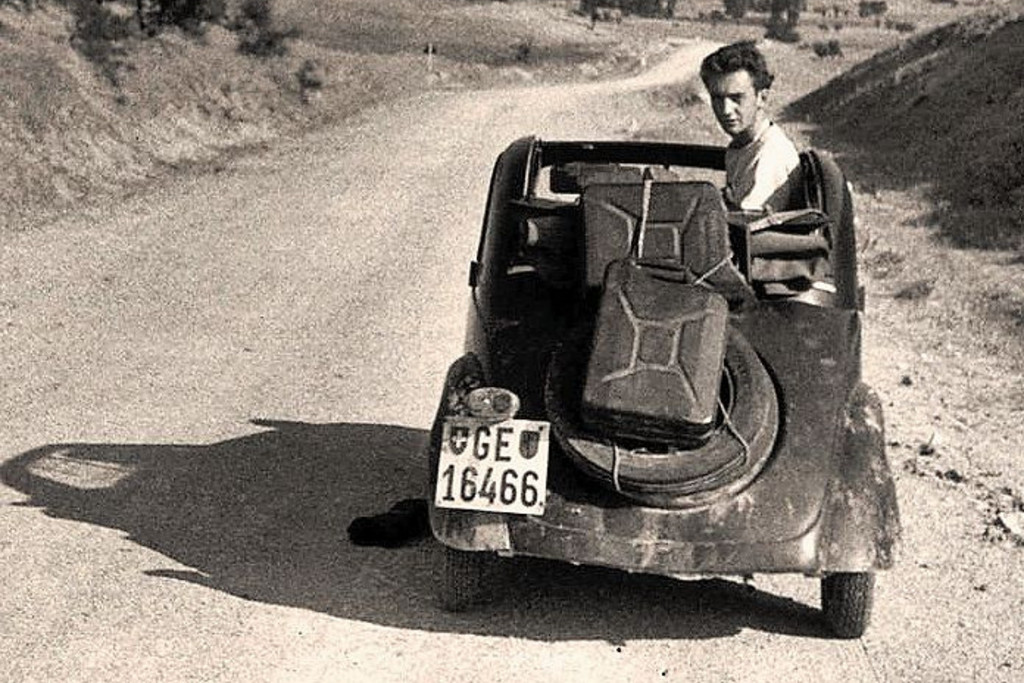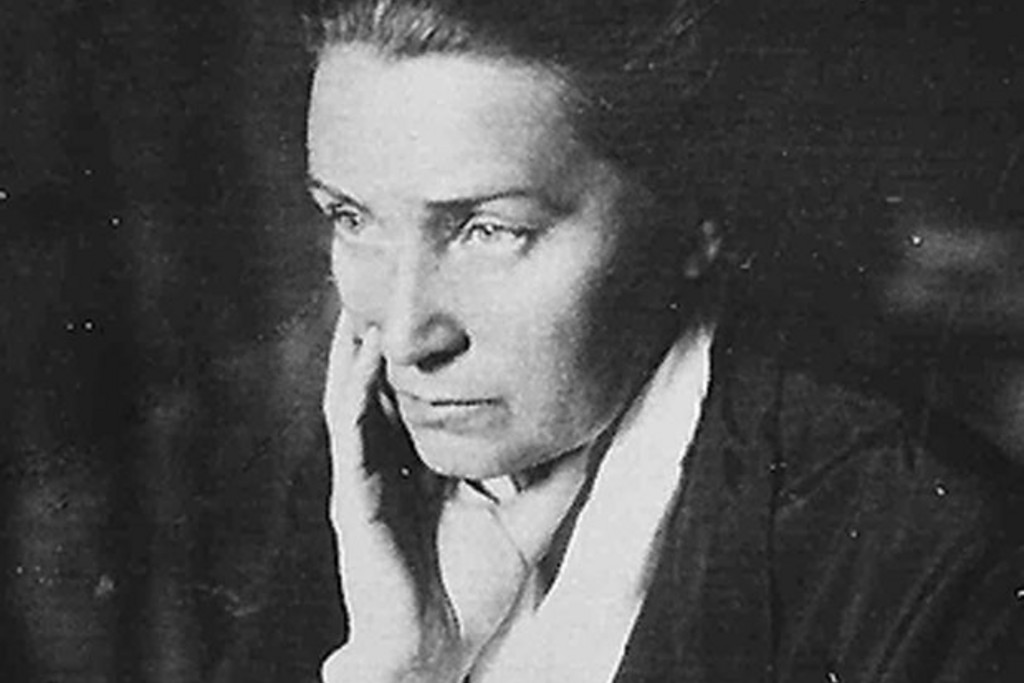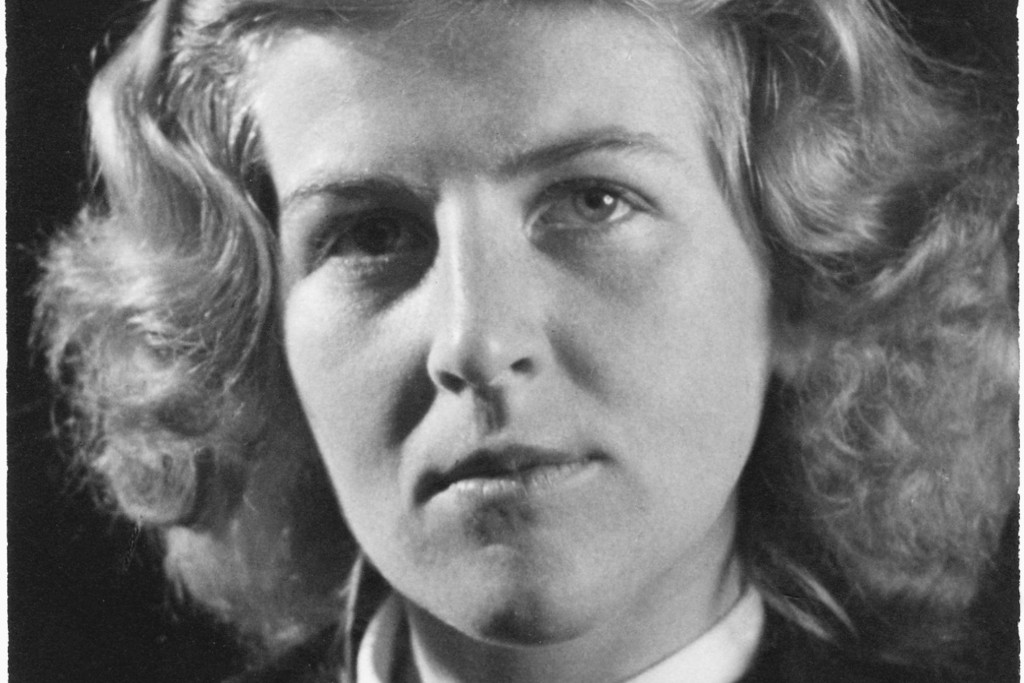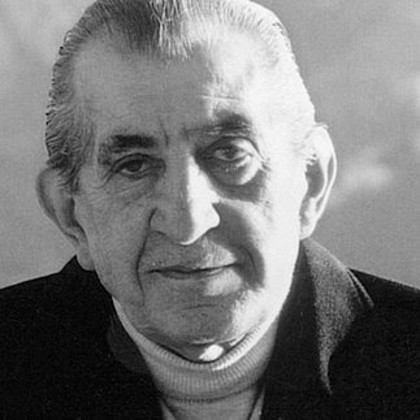By no means is it an invented narrative. Indeed, much of it is autobiographical, the author – like Emilio – having attended the Seminario San Carlo di Lugano (from 1931 to 1941) before dropping out without finishing. However, Bonalumi was not thrown out but left of his own accord. Nor did the real-life equivalent of Emilio’s fling with Ilaria take place. Whereas the novel ends with Emilio returning home, Bonalumi eventually managed to pass his exams – this time at the Catholic seminary in Einsiedeln. He subsequently studied literature in Fribourg and worked for many years as a teacher and translator, before lecturing as a professor of Italian literature at the University of Basel from 1973 to 1990.
Decried in Ticino, celebrated in Italy
That Bonalumi’s novel was more than just the whim of fantasy was not lost on the Ticino clergy, which still held great sway over the public in 1954. Far from interpreting the book as a sensitive representation of a young man’s journey through puberty, the groundswell in Ticino was that the work was an attempt to discredit the educational practices of Ticino’s cantonal seminary. The local press ignored it. Some people even decried it as blasphemy. In contrast, critics in Italy and French-speaking Switzerland could not have reacted more differently. The book won the Charles Veillon Prize in Lausanne and was acclaimed in Italy, where Nobel Prize winner Eugenio Montale spoke of the “honesty of a writer who may still be shy but is incapable of lying”.
“Her stare was continuous. Without the slightest hint of shyness, she asked how many of us were attending the seminary. She said she watched us in the courtyard during breaktime. The lights from our cells were visible from her room in the evening. I pointed at the windows of our dorm. ‘If I spot you from the courtyard, I will give you a wave.’ She seemed to like my suggestion. She was a tall, slender girl – and could not have been older than 15.”
A classic of Swiss literature
Bonalumi, who died on 8 January 2002 in Locarno, published notable studies on literary history as well as other books including the novel “Per Luisa” (“For Luisa”, 1972) – in which a Locarno intellectual goes through a deep personal crisis during the Hungarian uprising of 1956. In a collection of short stories called “Il Profilo dell’eremita” (“The hermit’s face”), 1996, Bonalumi also shares stories of his time at Einsiedeln. However, none of the author’s later works attained the same heights as “Gli Ostaggi”, which was republished numerous times and is available in French and German. Even in Ticino, the book has long been regarded as a classic of Swiss literature.
Bibliography: “Gli Ostaggi” is available in Italian from Edizioni Casagrande, Bellinzona; Danielle Benzonelli’s French translation (“Les Otages”) is available from Metropolis, Geneva; and Giò Waeckerlin-Induni’s German translation (“Die Geiseln”) is available from Verlag Th. Gut, Zurich (volume 28 of the “Reprinted by Huber” series).
Charles Linsmayer is a literary scholar and journalist in Zurich.
“Her stare was continuous. Without the slightest hint of shyness, she asked how many of us were attending the seminary. She said she watched us in the courtyard during breaktime. The lights from our cells were visible from her room in the evening. I pointed at the windows of our dorm. ‘If I spot you from the courtyard, I will give you a wave.’ She seemed to like my suggestion. She was a tall, slender girl – and could not have been older than 15.”
Excerpt from Giovanni Bonalumi’s “Gli Ostaggi” [The hostages]












Comments